In order to fully understand and appreciate the vibrant city and culture of New Orleans, it is imperative to learn about the history and people that created it. We started our second week in the city by visiting the Whitney Plantation. Unlike other plantation tours offered in the South, the Whitney is the only plantation with the purpose to share the stories of the enslaved people born and raised there and the history of slavery. Our tour guide Ali was exceptional at tying slavery to traditional economic systems in addition to racism. He explained how the work force was first comprised of indentured servants from Europe but moved to African Americans and the Triangular Slave Trade because they were economically more profitable. Slave owners not only physically manipulated and damaged people but emotionally and mentally as well by ripping them away from their home, family, and culture and putting them in an entirely new place. However, an innate characteristic of humanity is having compassion for other human beings. People who believed in the enslavement of others stripped all aspects of what makes someone who they are in order to view them solely personal property. It was only when they dehumanized African Americans were they able to conquer them.
Despite all this manipulation, the slave communities never lost hope and so they were never fully conquered. They tried to salvage as much of their culture as possible and share it with the family they created. One of the biggest ways slaves protected their culture was through music. Using instruments like drums, banjos, flutes, etc. blues was created to depict the pain and suffering African Americans were experiencing during slavery. Blues with the addition of hymns, work songs, gospel, and traditional marching band music all combined together to give birth to jazz. Some slaves were given Sundays off of work and would gather at Congo Square, which we had the chance to visit, to sing and dance.
In the novel, Coming Through Slaughter by Michael Ondaatje we get to learn about the life of Buddy Bolden who most give credit to as developing jazz into how it is played today. Buddy or “King” Bolden is described as, “…the best and the loudest and most loved jazzman of his time, but never professional in the brain”. He never played a song the same way twice. He would just let the power of his mind drive how he would play the notes usually resulting in some kind of ordered chaos that would be heard as a, “…siren twenty blocks away”.
““Then silent. For something’s fallen in my body and I can’t hear the music as I play it. The notes more often now…Half dead, can’t take more, hardly hit the squawks anymore but when I do my body flicks at them as if I’m the dancer till the music is out there. Roar”. ”
Buddy got his start in parades and in his first parade, “He walks out of the crowd, struggles through onto the street and begins playing, too loud but real and strong you couldn’t deny him, and then he went back into the crowd”. And almost fittingly, a parade is also the place Buddy had his worst mental breakdown. He was, “coming down Iberville, warm past Marais Street” and while his story in the novel is seen through many different character’s perspectives, the reader gets a glimpse into the madness from Buddy’s point of view. At one point during the parade Buddy thinks,
Route for the Second Line Parade - Sunday, May 26th
A little south of this route is the corner of Iberville and Marais— where Bolden performed.
I was able to actually see a traditional parade, one similar to that which Buddy would have performed in, called the Second Line Parade. This parade occurs every Sunday and lasts for four hours with a different social club being featured each week. The group I had the chance to see were known as the MoneyWasters. It was amazing to see how everyone came together to just celebrate life and music with no regards to the blaring heat or general functionality of the streets. Recently, we also had the chance as a group to watch Bolden- a movie about Buddy Bolden, at the Prytania Theater in the Garden District where the protagonist (Ignatius) of another book we read in this course (A Confederacy of Dunces) came to watch movies. Bolden was filmed through Buddy’s memories and perspective, switching between flashbacks, his time in a mental asylum, and a Louis Armstrong radio broadcast. Being able to read the words, walk the same streets, and watch a visual depiction that illustrate Buddy’s rise to royalty and successive spiral into madness allowed me to have a better understanding of the character, jazz, and New Orleans.
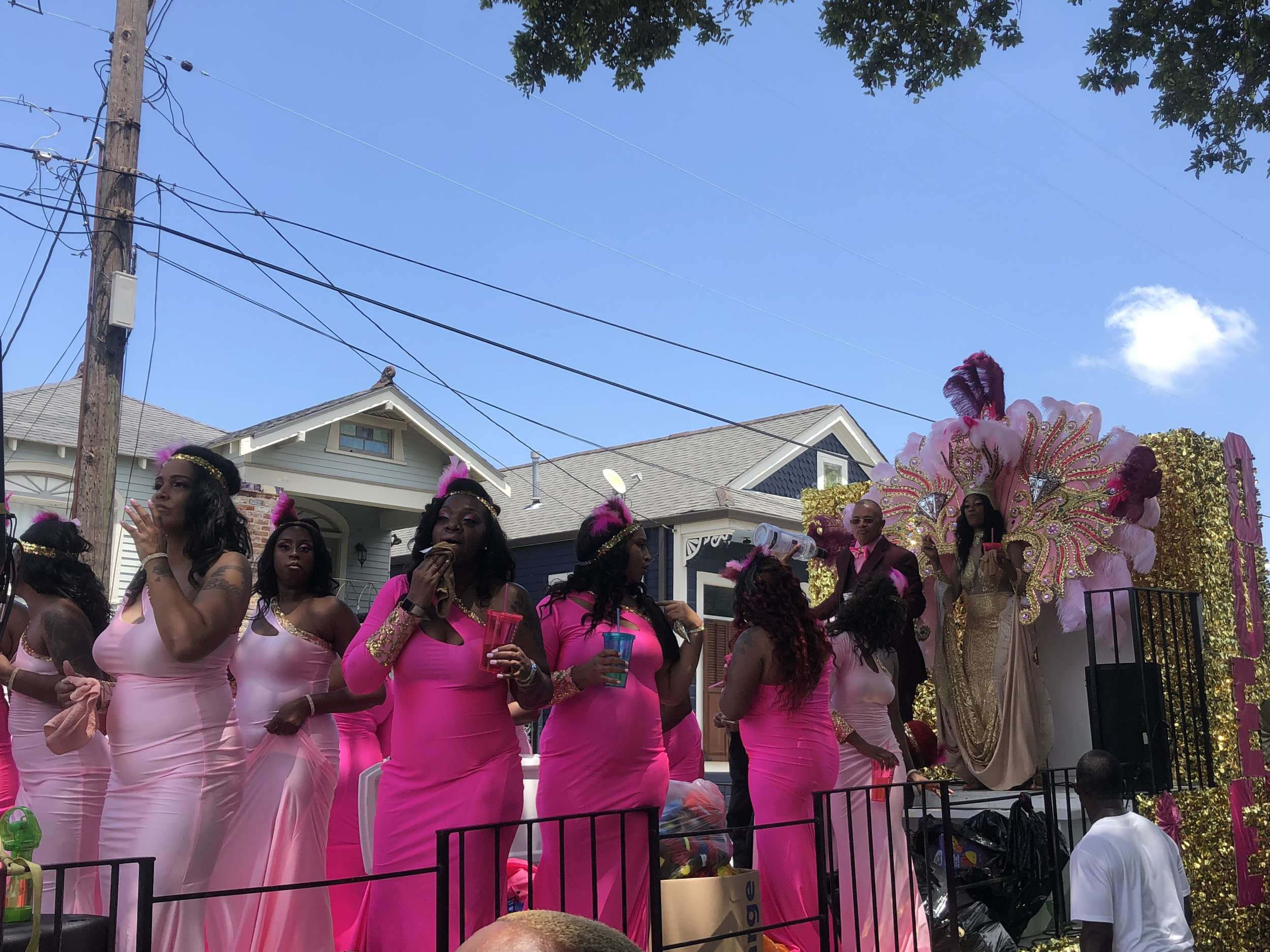
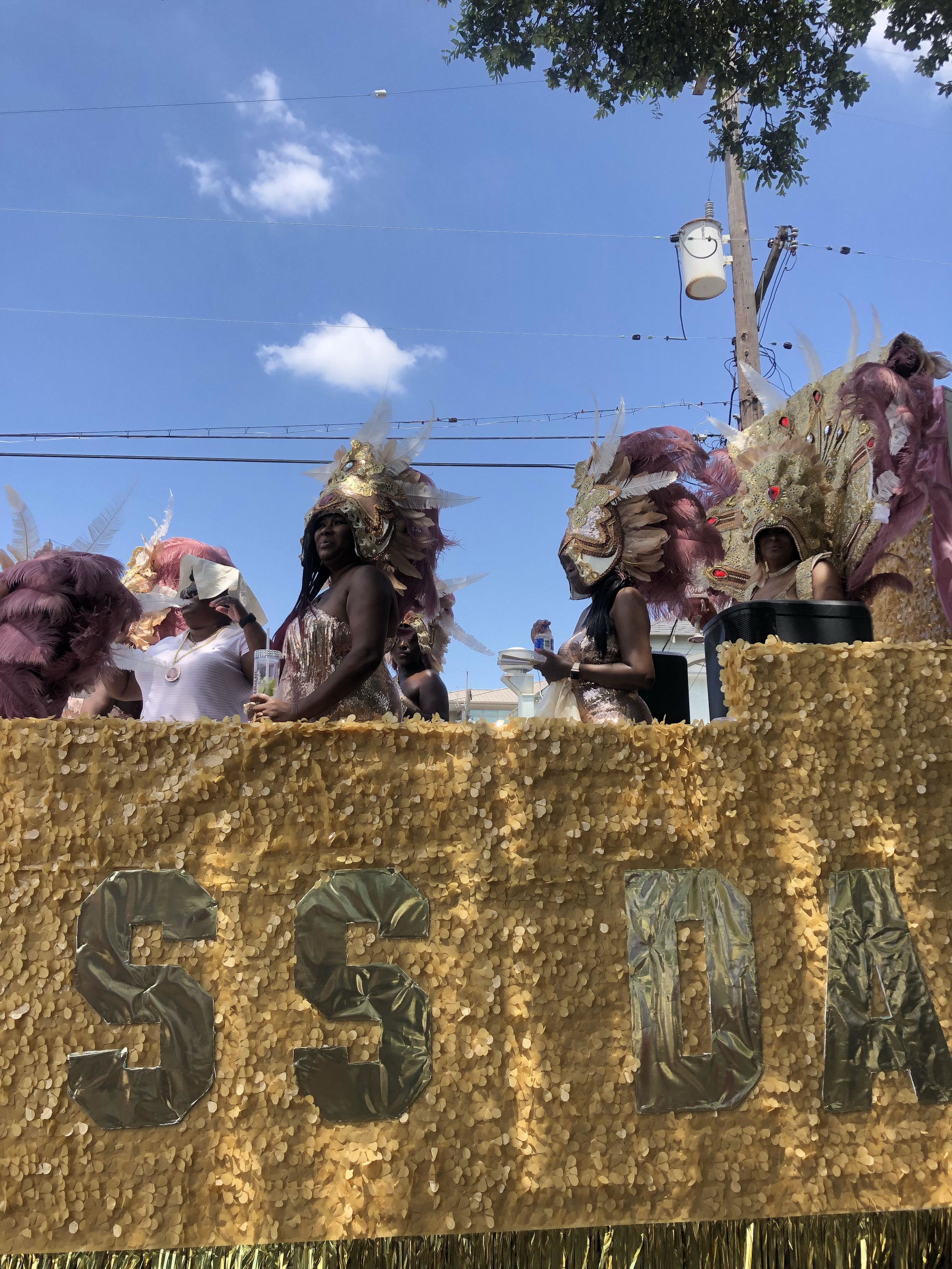
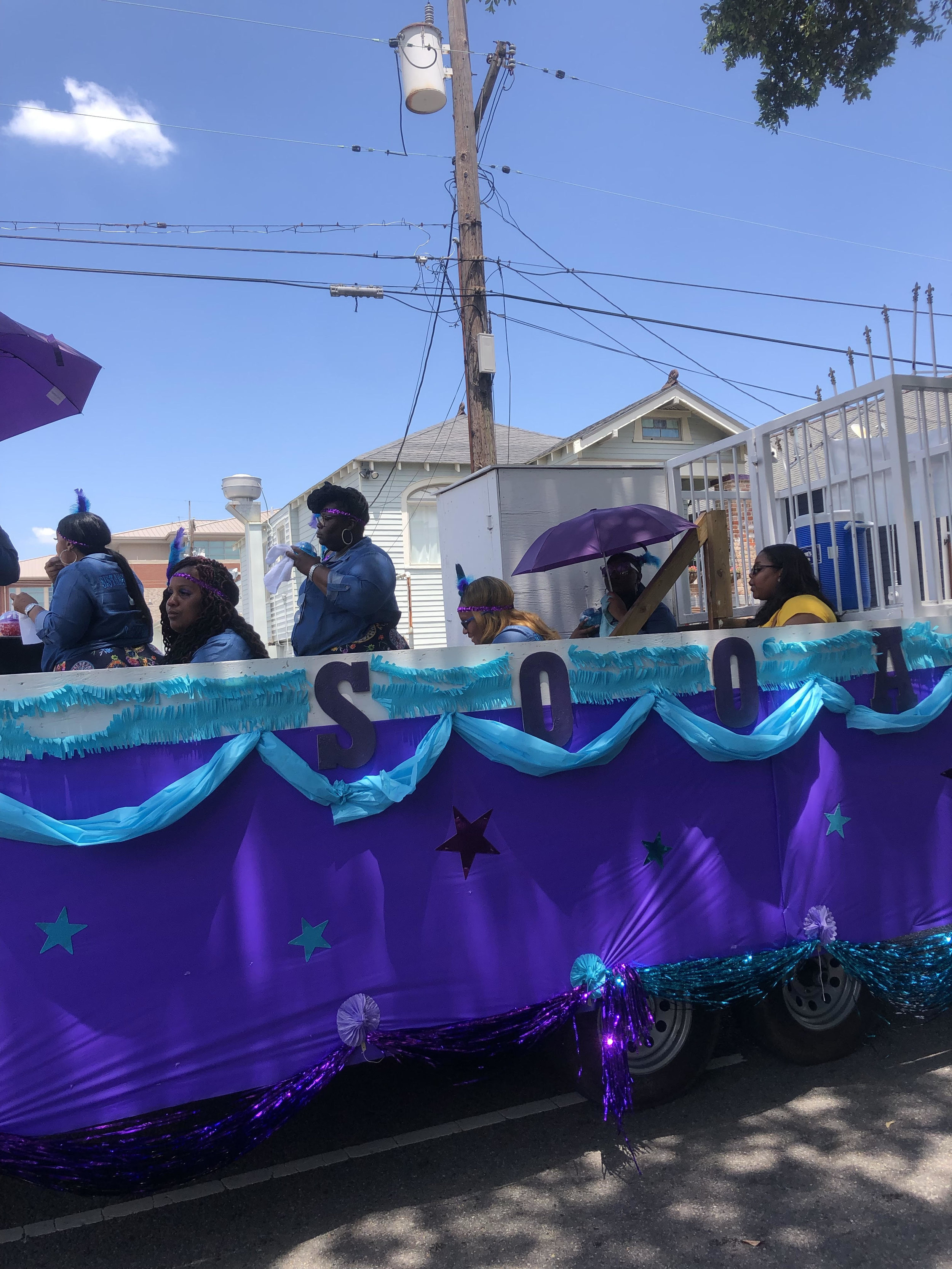
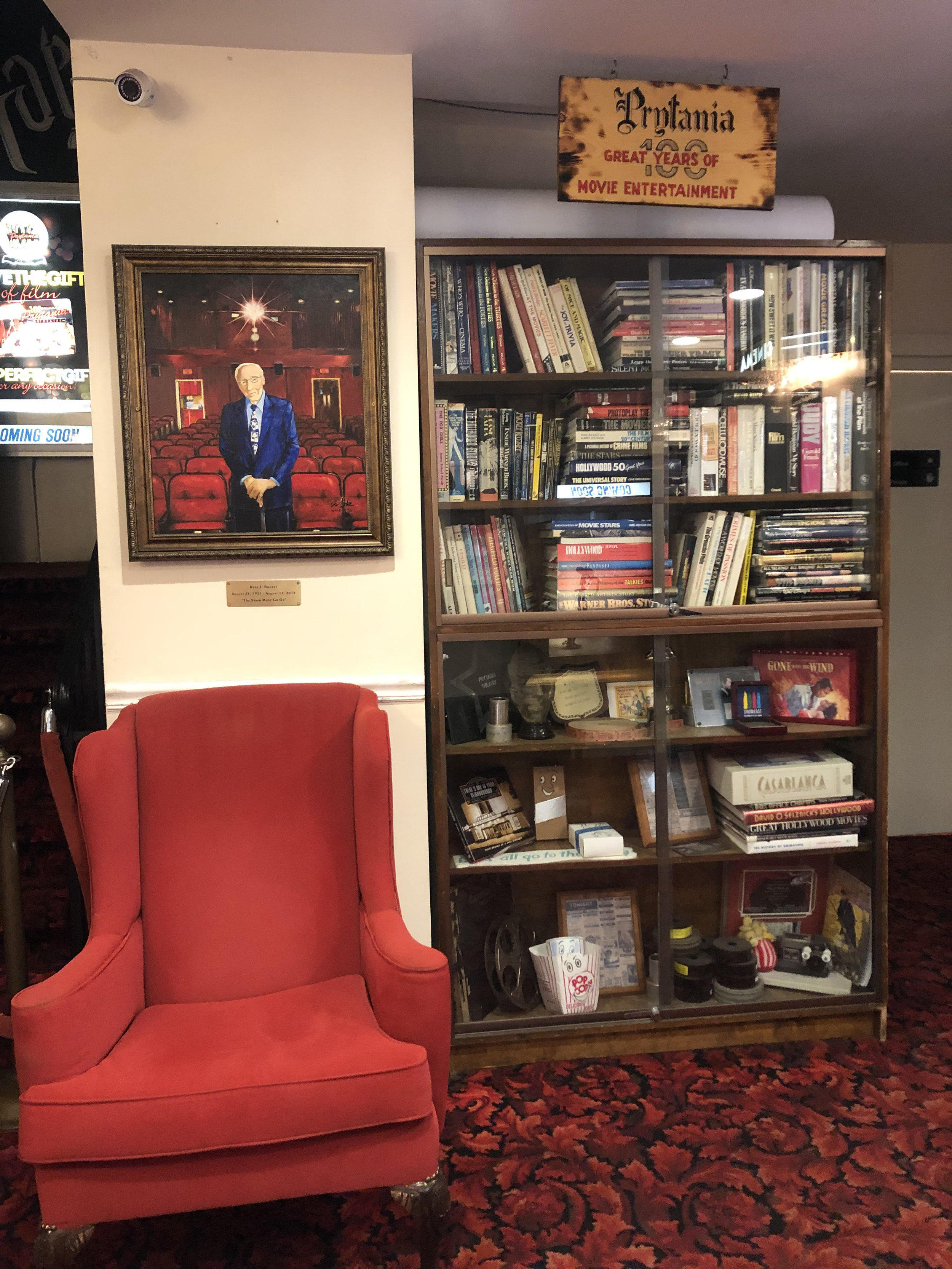
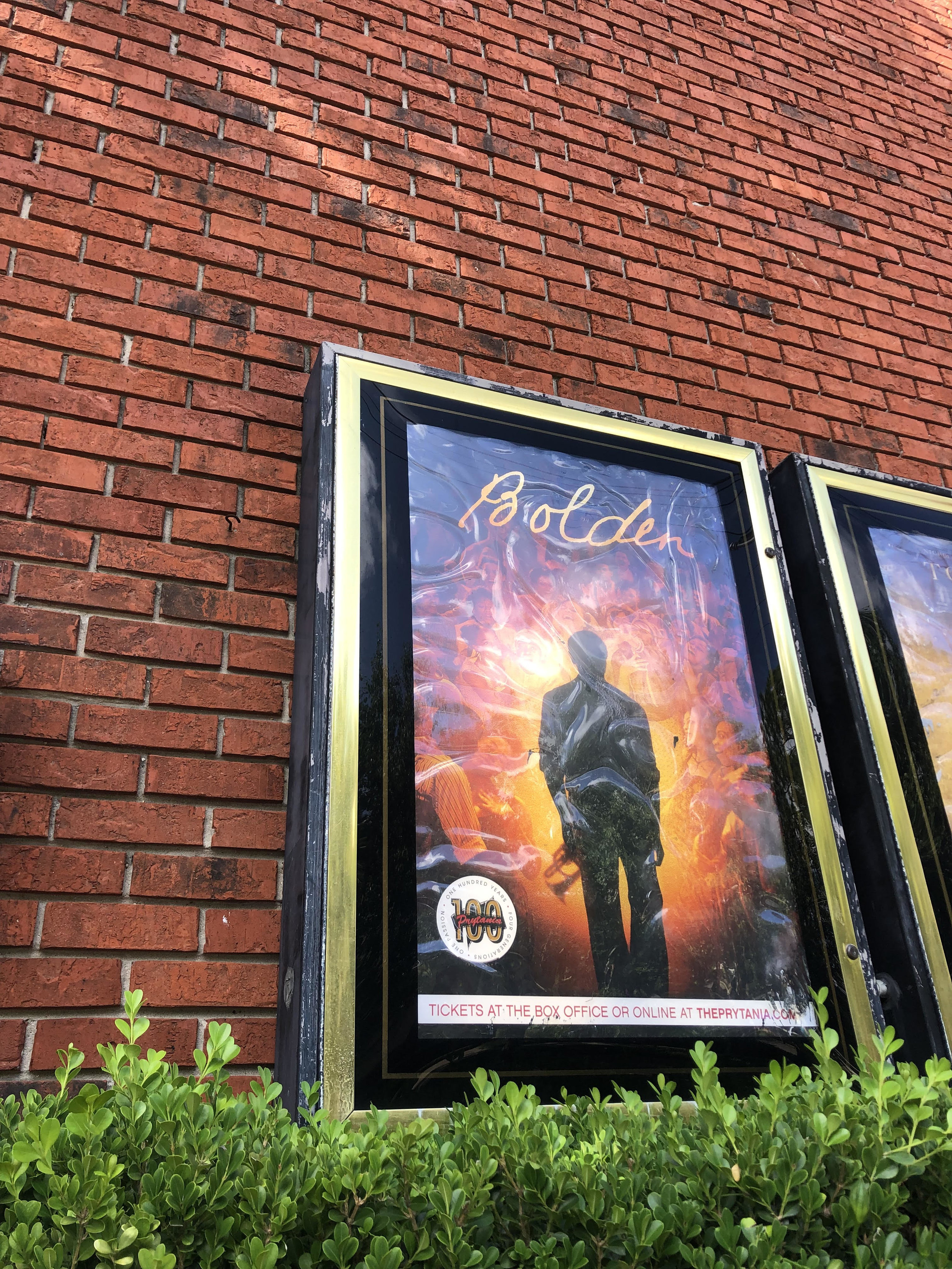
As I stood on the sidelines of the parade in awe of these two boys dancing in the front of the band, a club member pulled me aside to explain what they were doing. He told me about how this parade happens every Sunday and that all the floats and costumes I was seeing today would only be worn today, tossed, and then the start for something bigger and better would begin for the next year. He gave me the opportunity to slip under the rope to get a closer view and better videotaping of the two dancers. Before the parade moved forward in its celebration he told me, “Right there- is history. You just viewed History with these two boys, that video will become history”. And I believe him. It made me wonder if the people who watched Buddy Bolden perform, to the point of insanity, even had an idea of the impact he would have on a whole genre of music. Bolden didn’t simply play beautiful, intricate music, but truly played the culture of the city.
““There was pain and gentleness everything jammed into each number”. ”
Just as you can walk down Royal Street at night and see masses of homeless people and hear their muddled, drunk slurs, if you walk two blocks further down you will see the elegance of the moonlight reflecting off the beads hanging down from the balconies while listening to a beautiful women singing ‘At Last’ by Etta James. The deep pain and incredible joy jazz is able to create mirrors the existence of Buddy Bolden and the essence of New Orleans. Jazz takes things like the pain from a history of slavery and blends it with the resilience of a people who recovered and became better from a disaster like Hurricane Katrina into one mesmerizing melody.


